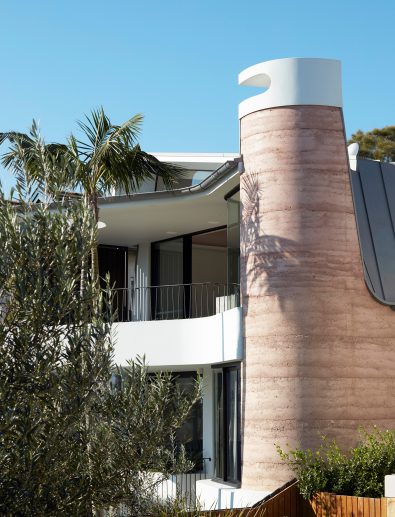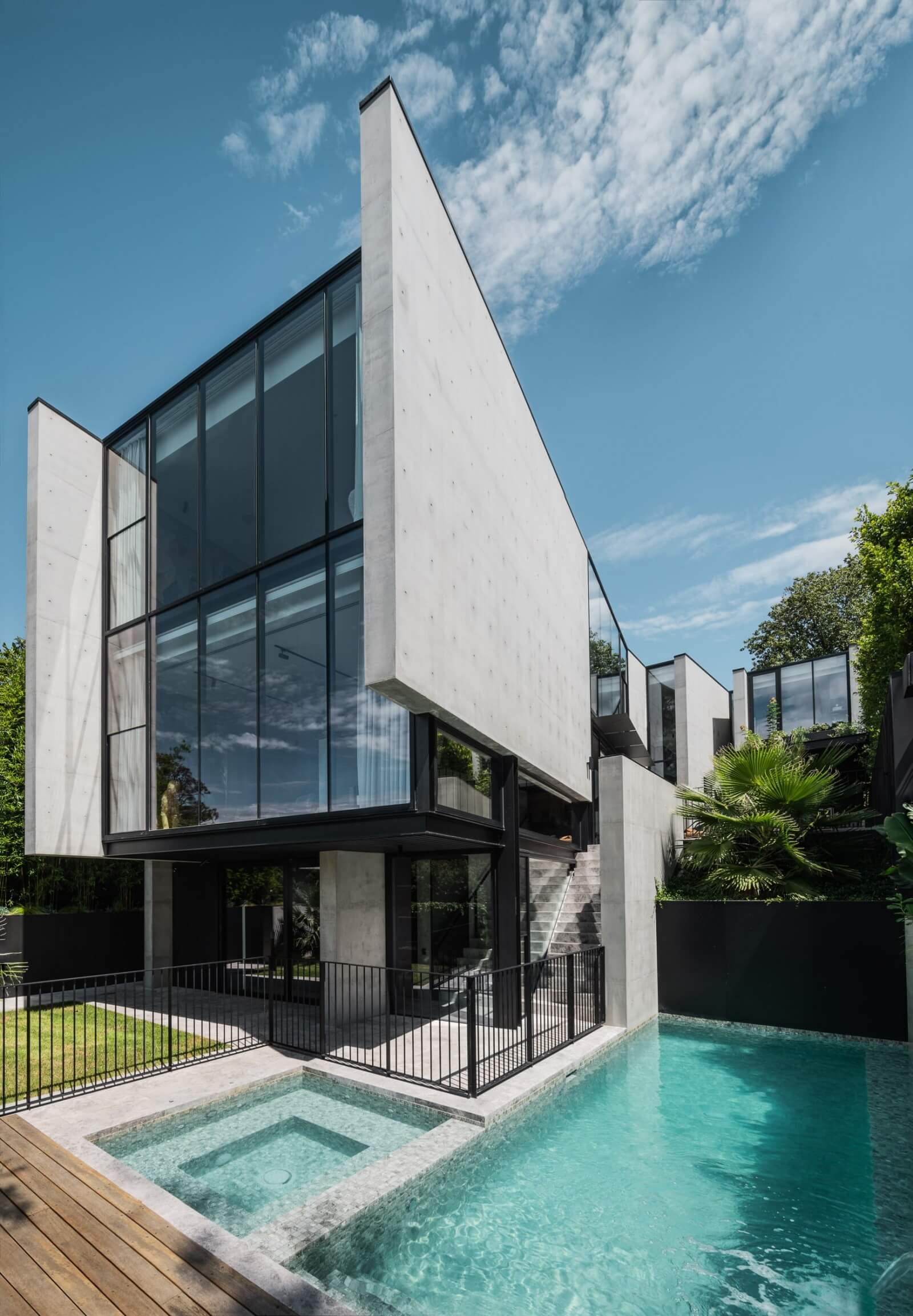Residential Architectural Firm Specializing in Custom Home Design Solutions
Residential Architectural Firm Specializing in Custom Home Design Solutions
Blog Article
Just How Residential Architects Produce Customized Homes for each Way Of Living
The process by which property designers layout tailored homes is a nuanced interaction of recognizing customer needs and translating those understandings right into practical home. Via comprehensive assessments and the use of design tools, architects catch the essence of their clients' way of lives, guaranteeing that each home shows personal values and goals. This joint strategy expands beyond preliminary concepts, integrating innovative innovations and lasting practices to improve daily living. As we check out the complex steps included in this transformative process, a deeper recognition for the architect's function fit special settings starts to emerge.
Understanding Customer Demands

Reliable interaction is extremely important in this process. Designers ought to encourage clients to express their way of livings, family dynamics, and future ambitions, making sure that the style mirrors their distinct identity. By utilizing devices such as surveys, interviews, and aesthetic surveys, engineers can collect beneficial understandings right into the client's vision.
Additionally, recognizing the context in which a home will exist is crucial. Architects should consider variables such as the website attributes, neighborhood climate, and cultural influences that can impact the design. This all natural approach enables the creation of rooms that are not just visually pleasing but sustainable and additionally sensible.
Inevitably, a deep understanding of client needs makes it possible for designers to produce customized homes that enhance the quality of life for their owners, cultivating a feeling of belonging and convenience within their living settings.
Design Process and Collaboration
The style process in property design is a vibrant interaction of imagination and collaboration, where designers, clients, and various stakeholders function carefully to bring a vision to life. This repetitive trip typically begins with a collection of conferences to establish a thorough understanding of the customer's aspirations, choices, and way of life requirements. Throughout these discussions, engineers collect vital details, allowing them to conceptualize styles that line up with the customer's vision.
Adhering to the initial appointments, the style stage advances with sketches, 3D versions, and building renderings. This aesthetic interaction acts as a device for engineers to present concepts, while also inviting client feedback, making sure that the last design reverberates with their assumptions. Effective cooperation with engineers, specialists, and indoor developers is vital during this stage, as it ensures that all useful elements of the project are effortlessly incorporated.

Incorporating Way Of Living Elements
Integrating lifestyle components into residential style is essential for producing rooms that genuinely resonate with the occupants. residential architecture homes. This process begins with comprehending the unique needs, preferences, and daily routines of the homeowners. Architects participate in detailed discussions to reveal just how the individual or family members uses their area, whether for amusing guests, pursuing pastimes, or seeking silent hideaway
Once these understandings are gathered, engineers can tailor style attributes that boost everyday experiences. For example, open floor plans may be created for family members that focus on togetherness, while dedicated offices can be incorporated for those who work from home. Exterior areas, such as patios or yards, can be highlighted for families the original source that delight in outdoor tasks or enjoyable.
In addition, adaptability is a key consideration; multi-functional areas permit for versatility as way of lives develop with time. Custom-made storage options can additionally be incorporated to fulfill particular organization needs, making certain that the home continues to be functional and clutter-free. Ultimately, by thoughtfully weaving way of life components right into the architectural fabric, household engineers create tailored homes that not only meet visual needs but click also dramatically boost the top quality of life for their clients.
Lasting and Smart Design
Wise and lasting style progressively plays an essential role in residential style, as property owners look for to decrease their environmental impact while boosting their living experiences. Designers are currently integrating environment-friendly materials, energy-efficient systems, and cutting-edge innovations to produce homes that not just meet aesthetic desires however also offer the world.
Including renewable resource sources, such as photovoltaic panels and wind turbines, allows homeowners to harness all-natural sources, substantially decreasing dependence on typical power grids. Smart home technologies further enhance sustainability by maximizing power use via automated systems that control lighting, home heating, and air conditioning based on occupancy and choices.
In addition, the use of sustainable building materials-- like reclaimed timber, bamboo, and reused steel-- advertises a circular economy, minimizing waste and source intake. Architects additionally highlight easy layout concepts, guaranteeing homes are oriented for optimum natural light and ventilation, consequently minimizing the demand for artificial home heating and air conditioning.
Along with ecological advantages, clever and sustainable design contributes to the total comfort and health and wellness of homeowners. By prioritizing indoor air quality and natural environments, engineers produce spaces that cultivate well-being, permitting homeowners to prosper attuned to their environment.
Finalizing and Executing Strategies
Settling and carrying out strategies is a crucial phase in the property design process, where the vision of a customized home starts to emerge. This stage involves meticulous focus to detail, ensuring click that every aspect of the layout is specifically articulated and ready for building and construction. residential architecture homes. Engineers work together closely with clients to evaluate final strategies, dealing with any final adjustments or problems, while making sure that all elements line up with the property owner's way of life demands
When plans are wrapped up, designers prepare detailed building and construction papers, including detailed drawings and specifications that serve as a blueprint for contractors. These papers lay out materials, surfaces, and setup methods, giving clearness for subcontractors and contractors. Additionally, securing required authorizations and sticking to neighborhood building ordinance is crucial, as it guarantees compliance and smooth job implementation.
By fostering a collective environment, engineers can ensure that the application aligns with the initial vision. Ultimately, this essential stage transforms concepts into truth, laying the structure for a home that mirrors the distinct lifestyle and preferences of its citizens.
Conclusion
In final thought, residential designers play a crucial role in crafting personalized homes that provide to varied way of lives. Via careful understanding of customer requirements, collective design processes, and the combination of lifestyle elements, designers guarantee that each home shows private preferences.
The procedure by which residential engineers style personalized homes is a nuanced interplay of recognizing client requirements and translating those understandings right into useful living rooms. With detailed appointments and the use of layout tools, designers capture the significance of their clients' way of lives, making certain that each home reflects personal values and ambitions. Engineers need to motivate customers to articulate their way of lives, household dynamics, and future goals, making sure that the layout shows their distinct identification.The layout procedure in household architecture is a dynamic interplay of imagination and cooperation, where engineers, clients, and numerous stakeholders work very closely to bring a vision to life - residential architecture homes. Through thorough understanding of customer requirements, joint style processes, and the assimilation of way of life elements, designers ensure that each home shows individual preferences
Report this page